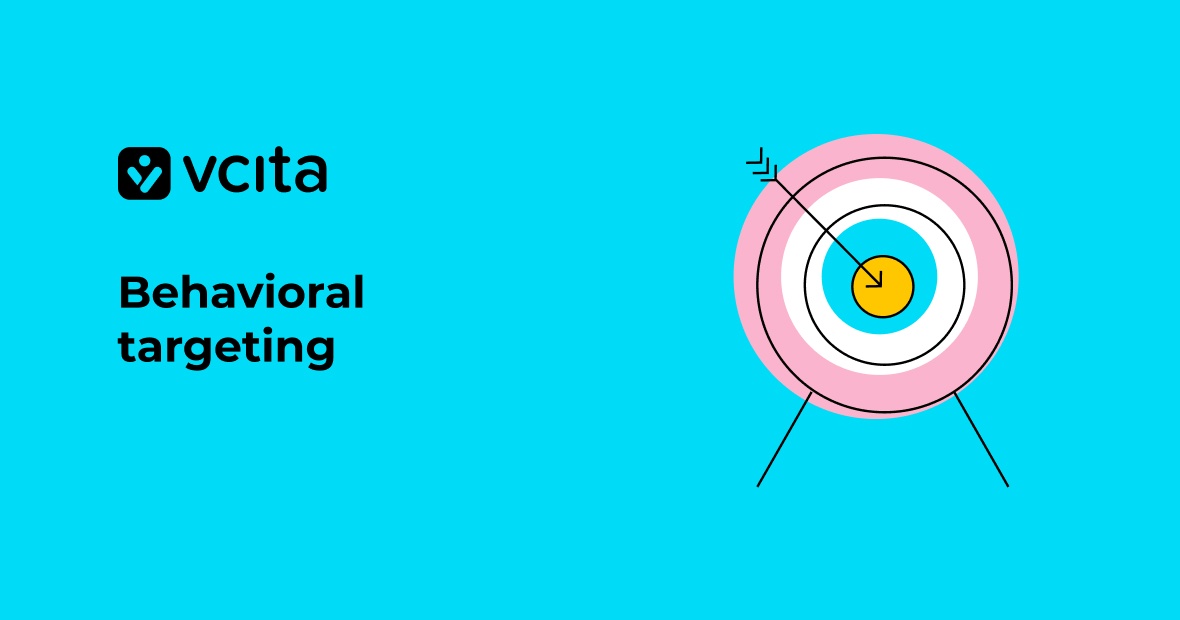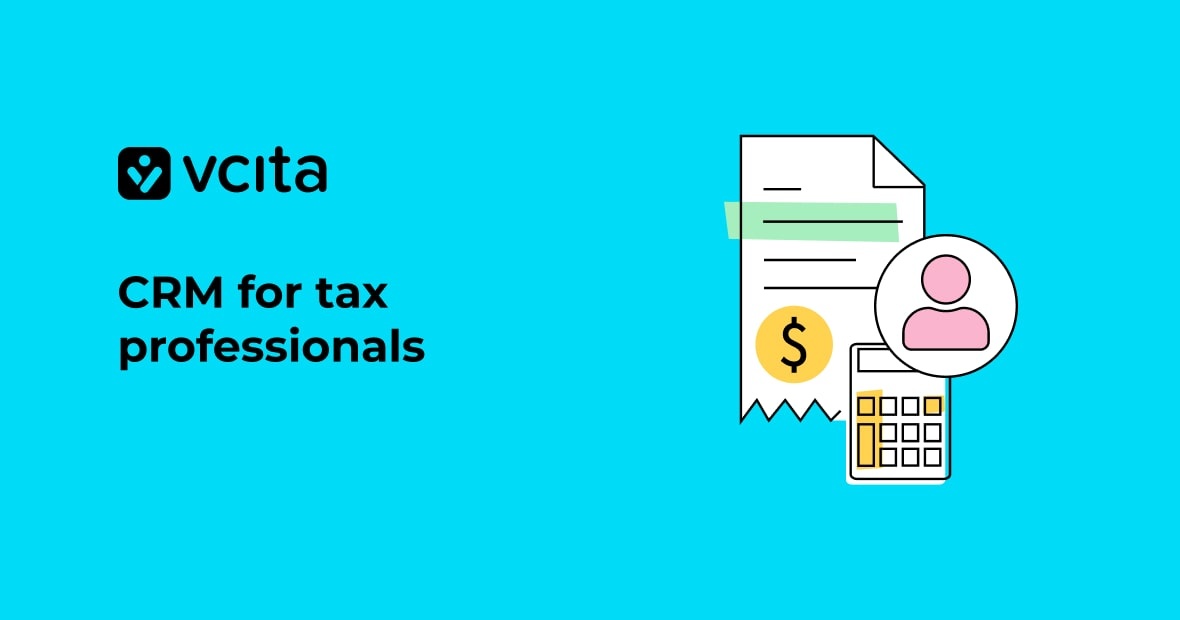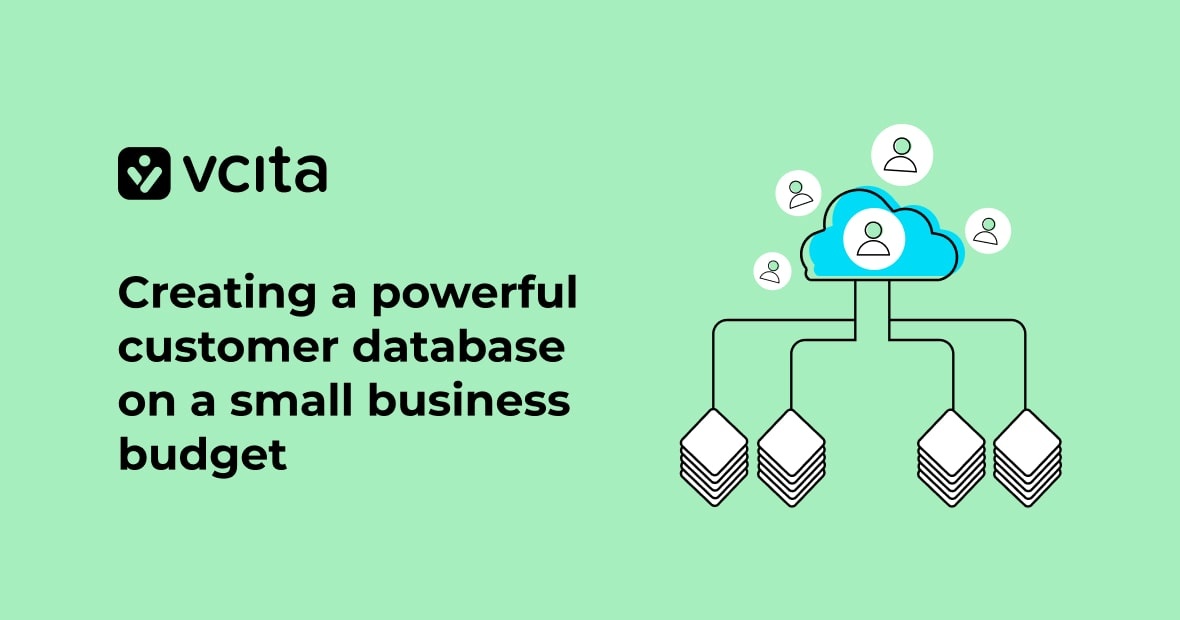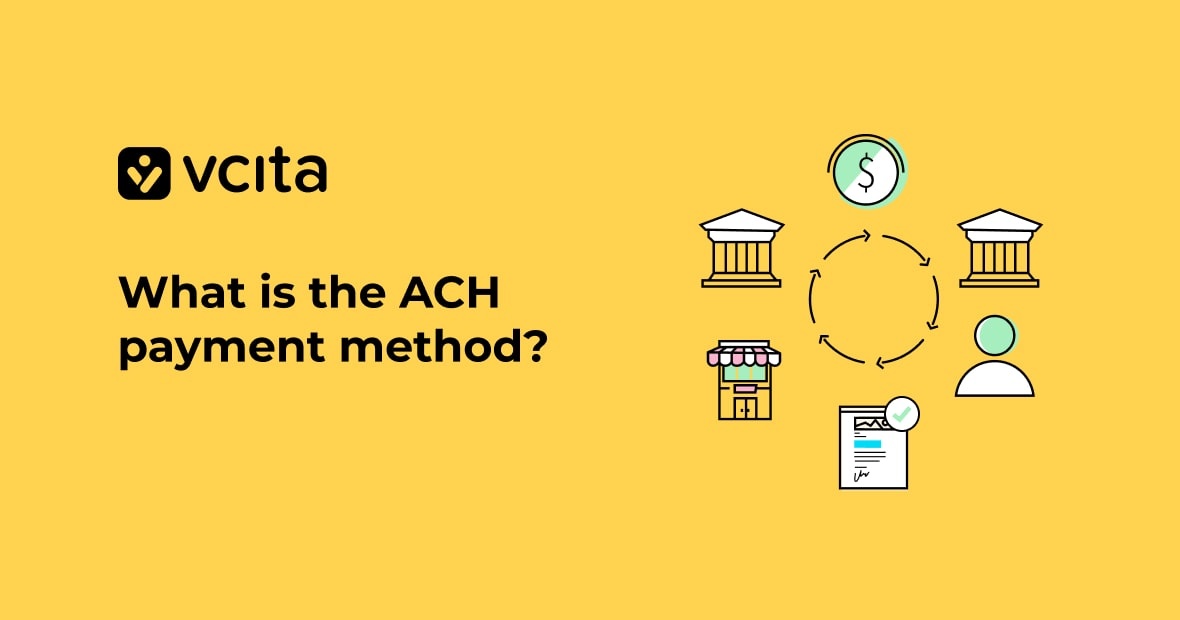You’ve built a great service business and worked hard to attract customers, but do you really know who your ideal customers are? If not, you could be wasting time and money marketing to the wrong people.
Behavioral targeting is the secret to understanding and reaching your ideal customers. By studying how people interact with your business, you gain insight into what really motivates them. You can then use that knowledge to refine your customer experience and tailor your marketing to match what your customers want.
Read on to learn how analyzing customer behavior, defining ideal customer profiles, and fostering a customer-centric culture can help you find and keep your best customers.
What is behavioral targeting?
Behavioral targeting, also known as customer behavior analysis, is a method of advertising that utilizes data about your customers’ online behavior and activities to strengthen your marketing campaigns. It allows you to gain insights into your customers’ experiences, create more accurate customer profiles, and build a customer-centric culture within your company.
Behavioral targeting uses information about your customers’ online activities and behaviors to determine which ads and messages they’re most likely to respond to, so you can create targeted campaigns tailored to their specific needs and interests.
Some of the data used in behavioral targeting includes:
- Search terms: which keywords and phrases your customers search for.
- Browsing history: the types of sites, content, and topics your customers engage with.
- Purchase history: your customers’ buying habits, favorite products, average order value, and more.
- Browsing behavior: how long your customers spend on your site, and the pages they visit most often.
By analyzing this data, you can determine your customers’ interests, needs, and pain points so you can tailor your messaging to resonate most with them. You can implement psychological pricing, improve customer experience, and market to your ideal customer profiles (ICPs). The end result? Reaching the right customers with the right message at the right time.
How behavioral targeting helps you reach your ideal customers
Behavioral targeting uses your customers’ behavior and actions to group customers into segments based on their preferences and habits, so you can build detailed profiles of people who are most likely to engage with and buy from your business. Then you can use behavioral targeting to reach new prospects with similar attributes.
For example, say you own a dog boarding business. You notice your best customers are middle-aged dog owners who travel frequently, care deeply about their pets’ wellbeing, and don’t mind paying a premium for high-quality care. You create a customer profile highlighting these attributes and behaviors, then target ads on social media and search engines to people with similar characteristics.
Behavioral targeting also allows you to tailor messaging and offers to specific groups. If you know one segment responds best to discounts while another prefers premium add-on services, you can customize your campaigns accordingly. The result? Higher response rates, more sales and happier customers.
How to create detailed profiles
Putting the customer first is key to success, so their needs, desires and behaviors should shape how you run your business each and every day. Measuring your customers’ experience and behavior is the foundation of a customer-centric culture within your company, so focus on understanding your ideal customers and their behaviors. Here are 4 ways to build detailed ideal customer profiles.
-
Analyze purchase history
Look at how often your customers shop with you and how much they spend. Do some shop weekly while others only make a purchase a few times a year? Do some make large purchases once in a while, while others make small purchases much more frequently? Think about each customer segment’s total lifetime value, as well as average purchase value and shopping frequency.
-
Measure campaign response
See how customers interact with your marketing emails, social media posts, and ads. Notice which campaigns get the most opens, clicks, comments, shares and sales from different types of customers. The customers who interact the most with your content are the most likely to convert to paying customers, and serve as loyal brand ambassadors. You can use them to determine which types of content and promotions are the most effective for engaged customers.
-
Determine customer needs
Monitor how customers use your products or services. Look for common questions, requests, complaints and reviews. This reveals what your customers want and need most. Then, adjust your offerings accordingly.
-
Create detailed profiles
Combine all this information to create profiles of your best customer groups. You might find that you have more than one ideal customer profile, depending on whether you’re thinking about engagement and loyalty, or value and revenue. Describe their demographics, shopping habits, interests and preferences in as much detail as possible. Use these ICPs to guide key business decisions and ensure you’re meeting customer needs.
Using customer insights to improve products and marketing
Once you’ve gained insights into your customers’ behaviors and experiences, it’s time to put that knowledge to work. Use your findings to optimize your products, services, and marketing in a customer-centric way.
Focus on your ideal customers
Based on your customer profiles, determine which types of customers you want to target. Then, tailor your products, services, and messaging to specifically meet their needs. For example, if your ideal customers value high-quality, personalized service, focus your marketing on how your business prioritizes customer experience.
Improve the customer journey
Analyze where customers encounter friction or drop off, and make changes to create a seamless experience. For example, if reviews show your checkout process is tedious, streamline it, and if people have to wait too long to speak to your customer service, hire more staff. A smooth customer journey keeps people engaged and coming back.
Set the right price
Use your customer data to determine a price range that resonates with your target audience. If budget-conscious customers love your product but cost is a barrier, consider a lower-cost option. For customers willing to pay more for high quality or customization, premium pricing may be suitable. Offering choices at multiple price points, known as psychological pricing, appeals to diverse customers.
Review product functionality
See how people actually use your product or service. Look for opportunities to enhance features that customers love, and modify or remove those that don’t add value. Regularly solicit feedback to ensure you’re building the product or service offering that customers want in the long term.
Refine your marketing
Focus your advertising, social media, email campaigns, and other marketing on the key benefits and value that matter most to your ideal customers. Use language and images that speak to them, and share stories and reviews from customers in your target audience. Marketing that’s tailored to your best customers will resonate and drive action.
Building a customer-centric culture
A business with a customer-centric culture is one that focuses every business decision on the customer and their preferences. It’s the path to delighting customers and building loyalty. To implement a customer-centric culture:
- Know your customers inside and out. Analyze their behaviors, motivations, and perceptions to develop multi-dimensional profiles of your ideal clients.
- Focus on the customer experience. Evaluate how customers experience your business at every interaction, and look for ways to optimize their journey and exceed expectations.
- Price according to customer perception. Set price points that create a sense of value, urgency or exclusivity for customers, rather than just considering costs and competitors.
- Make customers the priority in all decisions. Think “customer-first” when developing products, marketing, service policies, and pricing, and keep asking yourself how this decision affects their experience and perception.
- Continually improve based on feedback. Survey customers regularly, and act on their input to modify anything not providing good value or experience.
Implementing psychological pricing
A key part of a customer-centric approach is psychological pricing. This strategy considers how prices influence customer perception and behavior. For example, price points just under round numbers, e.g. $9.99 instead of $10, create a perception of greater value. Limited-time or exclusive offers tap into a fear of missing out, driving urgency.
Behavioral targeting can expand your customer base
Behavioral targeting helps small businesses reach and engage their ideal customers in a personalized, meaningful way. By truly understanding your customers, forging a customer-centric culture, and tailoring your marketing to them, you’ll form lasting relationships, earn more loyal customers, and ultimately, build a more successful business.





